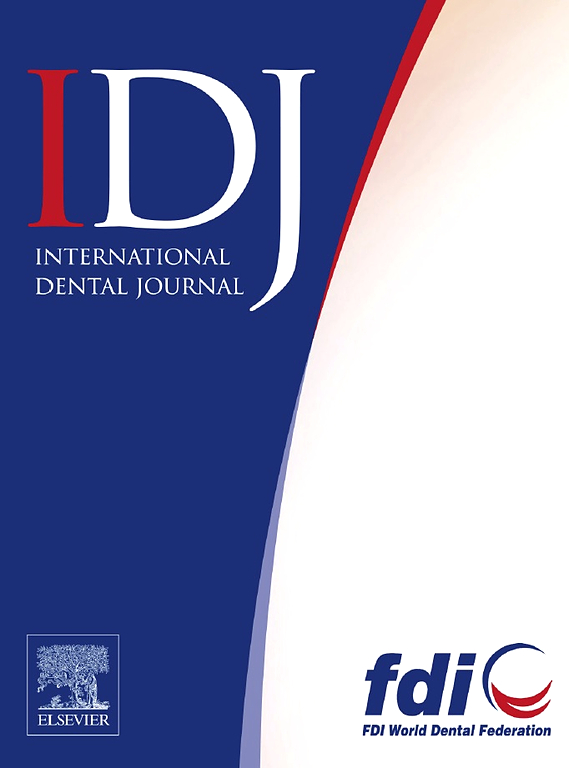Matrix Stiffness Regulates the Osteogenic Differentiation of hPDLSCs via DNA Methylation
IF 3.2
3区 医学
Q1 DENTISTRY, ORAL SURGERY & MEDICINE
引用次数: 0
Abstract
Objectives
This study aimed to examine the influence of matrix stiffness on osteogenic differentiation via epigenetic mechanisms in human periodontal ligament stem cells (hPDLSCs), with implications for understanding orthodontic tooth movement.
Materials and Methods
hPDLSCs were cultured on substrates with varying stiffness (soft and stiff). Dot blot and immunofluorescence techniques were employed to measure global DNA methylation levels. RT-qPCR and alkaline phosphatase (ALP) activity assays were conducted to assess differences in DNA methylation and osteogenic potential. Additionally, ELISA was used to quantify DNA methyltransferase content and activity.
Results
hPDLSCs on stiffer substrates exhibited increased 5-methylcytosine (5-mC) and higher global DNA methylation levels than those on soft substrates. With increased matrix stiffness, DNMT3A and DNMT3B mRNA expression levels rose. hPDLSCs on stiff matrices also showed elevated DNMT3B enzyme content and osteogenic activity. When global DNA methylation was reduced, mRNA levels of RUNX2, ALP, and Col-1 decreased, along with a notable reduction in ALP staining intensity in the inhibitor group.
Conclusions
Matrix stiffness is positively associated with global DNA methylation, with DNMT3B likely mediating this regulation in hPDLSCs. Furthermore, DNA methylation levels are positively linked to the osteogenic capability of hPDLSCs.
基质硬度通过DNA甲基化调节hPDLSCs的成骨分化
目的研究基质刚度对人牙周韧带干细胞(hPDLSCs)成骨分化的影响,为进一步了解正畸牙齿运动提供参考。材料与方法pdlscs在不同硬度(软、硬)基质上培养。采用点印迹和免疫荧光技术测量整体DNA甲基化水平。采用RT-qPCR和碱性磷酸酶(ALP)活性测定来评估DNA甲基化和成骨潜能的差异。此外,ELISA法定量DNA甲基转移酶的含量和活性。结果与软底物相比,硬底物上的pdlscs表现出更高的5-甲基胞嘧啶(5-mC)和更高的DNA甲基化水平。随着基质刚度的增加,DNMT3A和DNMT3B mRNA表达水平升高。硬基质上的hPDLSCs也显示DNMT3B酶含量和成骨活性升高。当整体DNA甲基化降低时,RUNX2、ALP和Col-1 mRNA水平降低,抑制剂组ALP染色强度显著降低。结论:基质硬度与整体DNA甲基化呈正相关,DNMT3B可能在hPDLSCs中介导了这种调节。此外,DNA甲基化水平与hPDLSCs的成骨能力呈正相关。
本文章由计算机程序翻译,如有差异,请以英文原文为准。
求助全文
约1分钟内获得全文
求助全文
来源期刊

International dental journal
医学-牙科与口腔外科
CiteScore
4.80
自引率
6.10%
发文量
159
审稿时长
63 days
期刊介绍:
The International Dental Journal features peer-reviewed, scientific articles relevant to international oral health issues, as well as practical, informative articles aimed at clinicians.
 求助内容:
求助内容: 应助结果提醒方式:
应助结果提醒方式:


